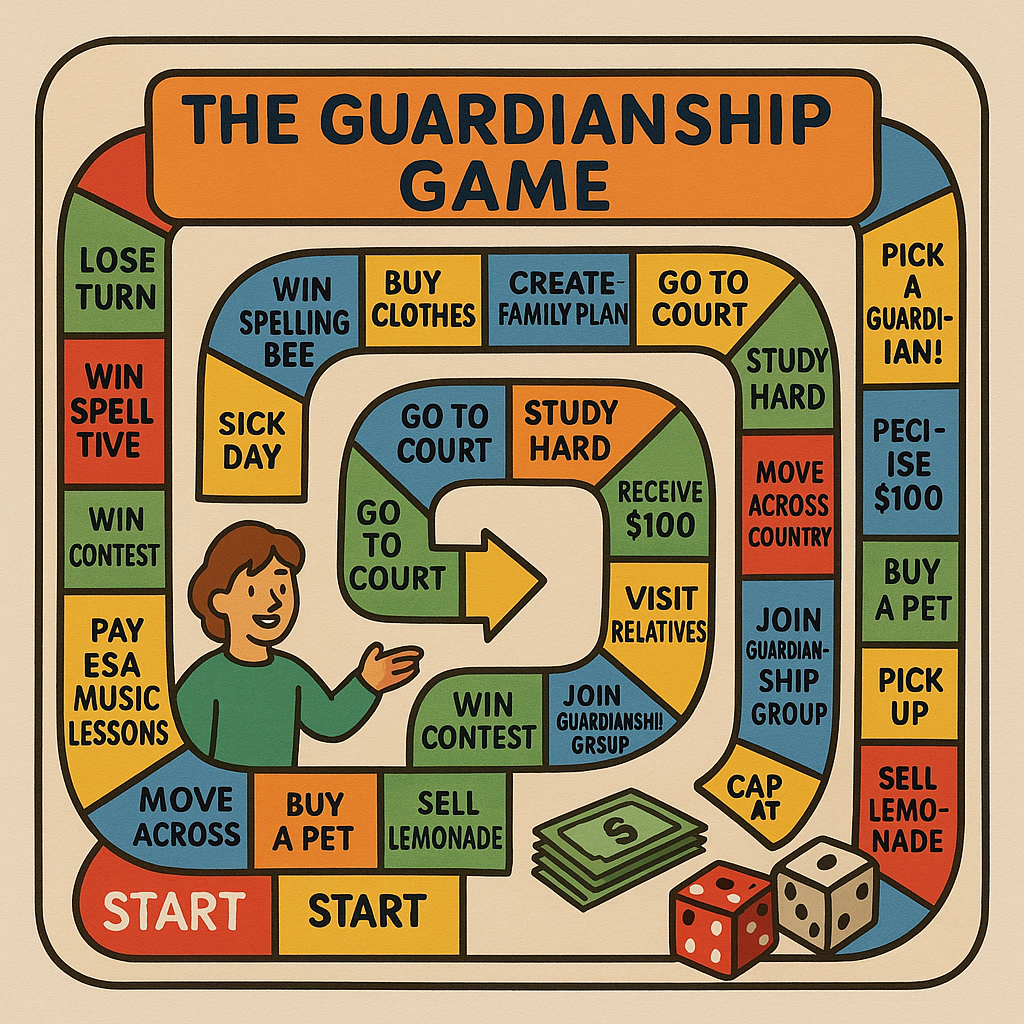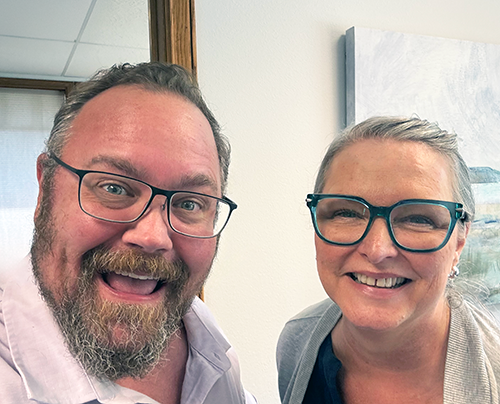“Music, and Baseball, and Cats... Oh My!”
by Krista Wallace, CFP®, AFC®
Angel Baca is the newest member of the SoundView team. She joins us in a dual role – both as CEO Kevin Slater’s Executive Assistant and as his primary Support Advisor. I sat down with her to learn a bit more about her and why she decided to join the team.
SVA: You’re new-ish to Seattle. What was attractive about the Emerald City?
AB: I moved to Seattle with my partner, Jeff, about 2 years ago. We enjoy the city life and decided to take the plunge and move to the Pacific Northwest. We love it! It’s so beautiful here!
SVA: I think you’ll find that each of us found our own unique way to SoundView and the PNW, so lean into that. Our clients have fantastic stories too! Now that you’re here….what’s capturing your attention, and how are you enjoying city life?
AB: “We live in Belltown, so I enjoy just walking to work, and feeling the vibe of the city each morning is a joy. (Though I hear I’m in for random scooter rides with Kevin Slater!) We are also enjoying the wine scene! Jeff and I love reds, but we’re also finding we enjoy exploring white and sparkling wines, too! We are also into “everything” music - indie, rock, country, classical, heavy metal, even rap – it’s all on our playlists, and we welcome suggestions of venues or local bands. When life slows down a bit, we also enjoy other cultural experiences – symphonies, plays, and ballet are just the beginning!”
SVA: So you’re NOT into sports?
AB: “Oh, no, we are! We’re baseball fans! Aside from the Mariners, we also follow the Colorado Rockies. Jeff is also into basketball, so we cheer for the Denver Nuggets!”
SVA: So you’ve brought your favorite teams with you to Seattle — did any pets make the move too?
AB: “YES! Our cat, Luna, is a Tonkinese. Truth be told, it’s Jeff’s cat. I’m allergic, but thankful that she’s hypoallergenic. But she definitely knows who to come to when she wants love and affection…. and who gets her all fluffy-tailed and hyper.”
SVA: What were your first impressions of SoundView during the interview process? Has that changed in the past few weeks?
AB: “Moving to Seattle, we heard about the 'Seattle Freeze' and we encountered it in a big way. In my previous employment, it was difficult to just be friendly with my coworkers. I really felt disconnected. Then, during the interview process, I felt an instant connection with the SVA team – it was almost as if there was a “certainty” that this was the place for me. Everyone truly, deeply cared about who I was as a person. Learning everything about the job feels a bit like drinking from a fire hose, but a couple of weeks in, I’m finding my stride—and I finally feel like I’m where I’m meant to be.”
SVA: Okay – now the tough stuff – what’s something unique about you that might not come up in a day-to-day conversation?
AB: “My best friend, Stephanie, and I have been best friends for 29 years! We actually met in elementary school. Stephanie was born in Seattle and moved to Colorado Springs, and now I’ve done the reverse. We talk every day on my walk to or from work, which is its own metaphor for our friendship. We’ve walked a lot of life together – both the good and the bad- and have persevered through it all. Not many relationships last for 29+ years anymore, but I am grateful for her every day.”
Five This or That Questions (Holiday Edition) w/Angel Baca
Resolutions or Meh? Meh. I think every day you have the opportunity to change what’s not working. It’s not a once-a-year activity for me.
Cookies or Candy? COOKIES. All the Butter Cookies……
Tree Lighting or Ice Skating? Tree Lighting
Family or Friends for the holidays? I’m going with Neither! Just the two of us (and Luna) is plenty!
Long Weekends – do you take the Friday or the Monday off? Monday off feels like a “long” weekend.
Bonus: Do you have a favorite holiday movie? We LOVE ‘Krampus’!
A few of Angel’s favorite things.







































